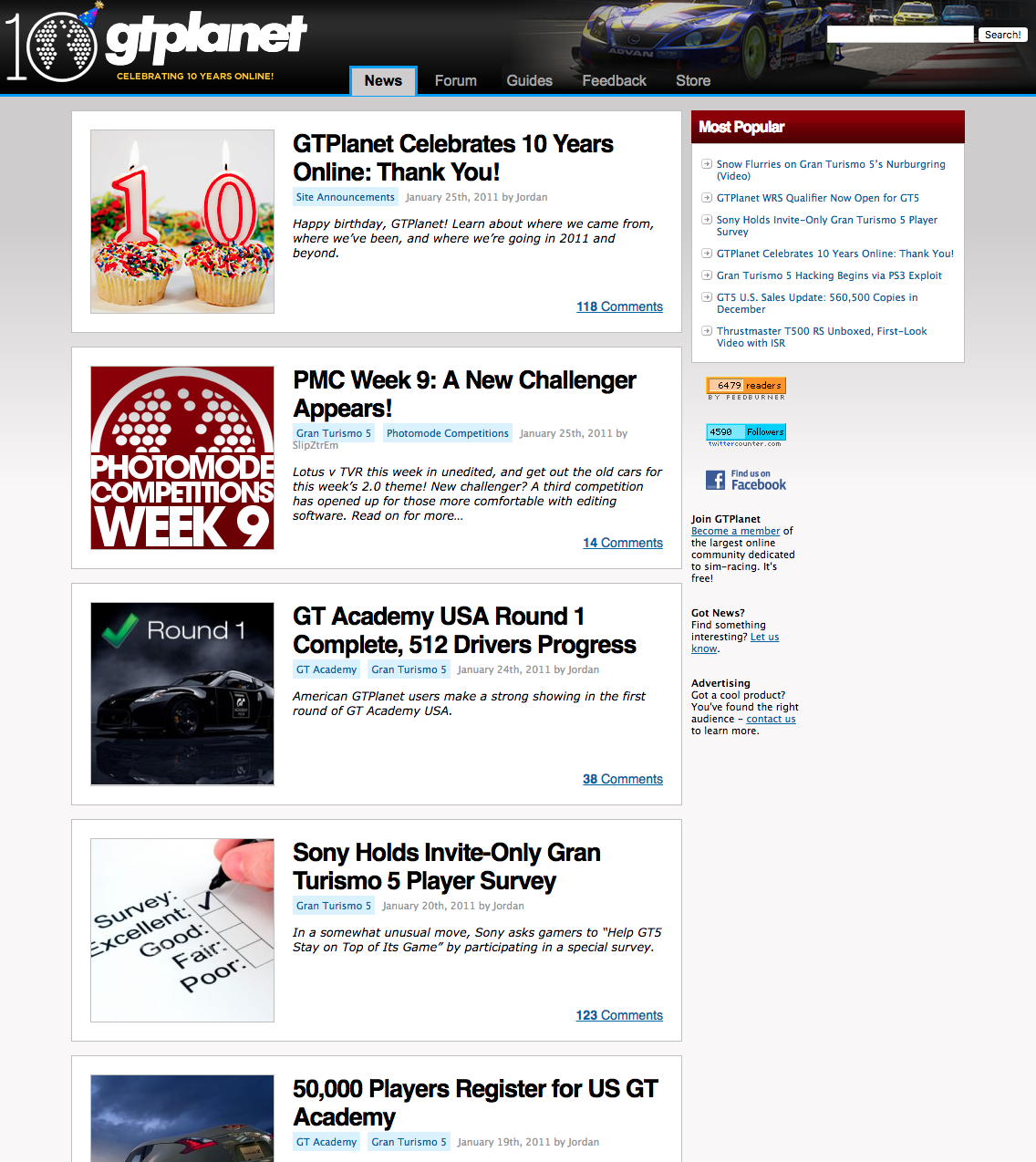- 30,386

- Thailand
Don't really know if this appropriate considering what happened to it's occupants... I'm not saying you can't post pictures of a 550 Spyder and a Carrera GT but posting pictures of the exact cars that people were killed in is a bit insensitive IMO.
I understand your comment, but it’s not like we’re looking at crash scenes. Those are historic cars due the untimely deaths of the occupants.









